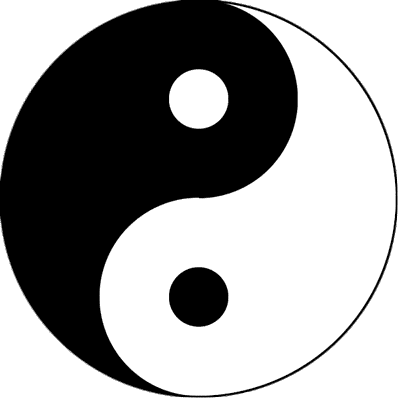Bone Measurements for Meridian Acupuncture
The Yellow Emperor asked Qi Bo: “In the chapter Mai Du (脉度, mài dù), how is the length of the meridians determined?” Qi Bo replied: “First, one must measure the size, width, and length of the joints and bones, and from this, the length of the meridians can be ascertained.”
The Yellow Emperor then inquired, “I would like to know about the typical bone measurements for an adult. Let us assume an individual is seven feet five inches tall. What are the sizes and lengths of the various joints and bones?” Qi Bo answered: “The circumference of the skull is two feet six inches. The chest circumference is four feet five inches, and the waist circumference is four feet two inches. The length from the hairline to the back of the neck is one foot two inches, the length from the front hairline to the chin is one foot, and the total length from the back hairline to the chin is two feet two inches. A gentleman’s measurements are typically averaged to one foot one inch for each of these lengths.”
The measurement from the Adam’s apple down to the center of the Que Pen (缺盆, quē pén) is four inches. From the Que Pen to the Jian Gu (剑骨, jiàn gǔ) protrusion is nine inches. If this length exceeds nine inches, it indicates a larger lung; if it is less than nine inches, it indicates a smaller lung. The length from the Jian Gu to the Tian Shu (天枢, tiān shù) is eight inches. If this exceeds eight inches, the stomach is larger; if it is less, the stomach is smaller. The length from Tian Shu down to the pubic bone is six and a half inches. If this is greater than six and a half inches, the ileum is wide and long; if it is shorter, the ileum is narrow and short. The width of the pubic bone across is six and a half inches. From the upper edge of the Knee Outer Bone (膝内辅骨, xī nèi fǔ gǔ) to the inner knee, the length is one foot eight inches. From the upper edge of the Knee Outer Bone to the lower edge is three and a half inches. From the lower edge of this bone to the inner ankle is one foot three inches, and from the inner ankle to the bottom of the foot is three inches. From the back of the knee to the ankle, including the circumference of both ankles, the length is one foot six inches, and from the ankle to the bottom of the foot is three inches. These bone measurements may vary; larger ones will exceed these lengths, while smaller ones will be shorter.
The measurement from the outer corner of the head down to the Zhu Gu (柱骨, zhù gǔ) is one foot. The length from the shoulder blade to the armpit is four inches. The distance from the armpit to the rib is one foot two inches. From the rib down to the hip joint is six inches. The length from the hip joint to the knee is one foot nine inches. From the knee to the outer ankle is one foot six inches. The distance from the outer ankle to the side of the little toe is three inches, and from this point to the bottom of the foot is one inch.
The width from behind the ear to the mastoid bone is nine inches. The distance between the ears is one foot three inches. The distance between the cheekbones is seven inches. The distance between the breasts is nine and a half inches, and between the hips is six and a half inches.
The foot measures one foot two inches in length and four and a half inches in width. From the shoulder to the elbow is one foot seven inches. From the elbow to the wrist is one foot two and a half inches. From the wrist to the base joint of the middle finger is four inches, and from the base joint to the tip of the middle finger is four and a half inches.
The distance from the back of the head, at the hairline, down to the first vertebra of the spine is two and a half inches. From the Da Zhui (大椎, dà zhuī) vertebra, down to the sacral bone is three feet, consisting of 21 vertebrae. The upper seven vertebrae measure one inch and a quarter each, with the lower ones being shorter. The total length of the upper seven vertebrae is nine inches eight and a quarter lines.
These measurements of the bones are the standard for a typical person’s anatomy. Based on these measurements, the length of the meridians is then determined. Thus, the meridians in the human body are generally located on the surface, with the large, prominent, and more blood-rich meridians being visible, while the finer, more hidden meridians flow within, primarily governed by Qi.
